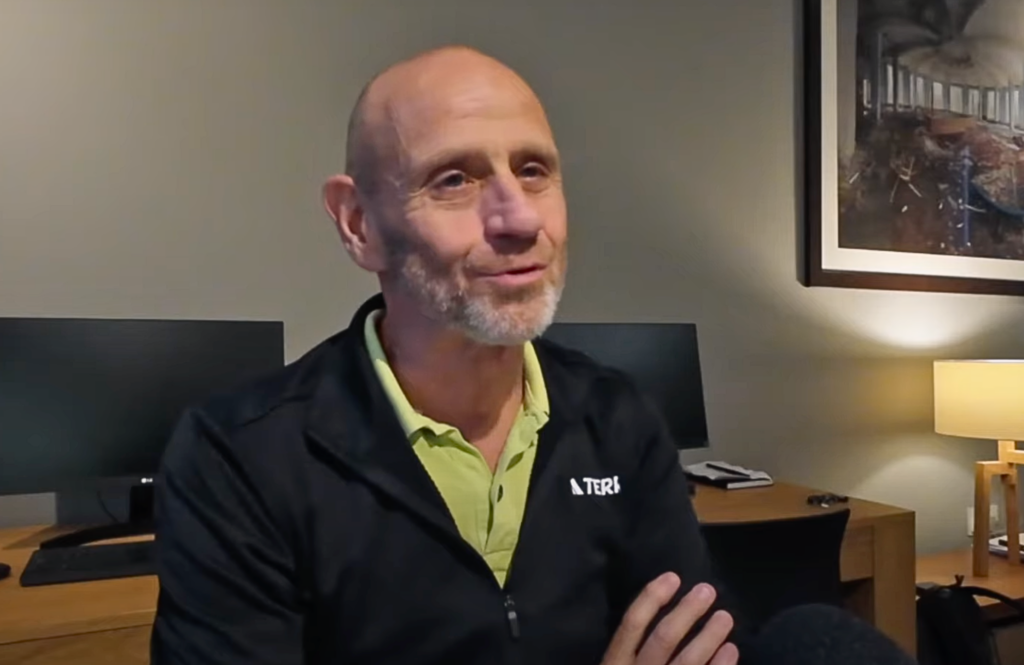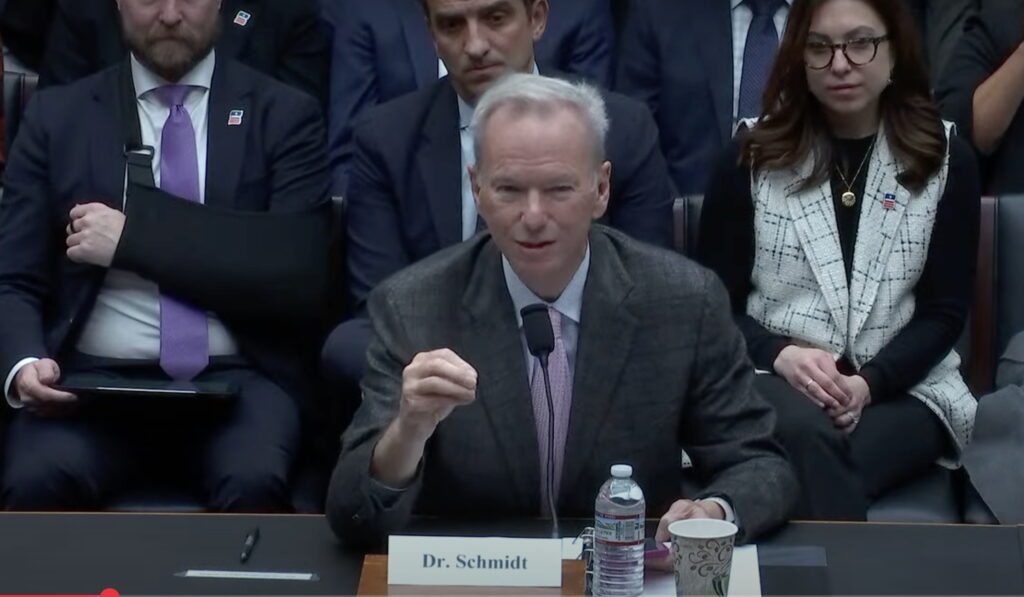The two corporations investing billions to build three new factories just outside Columbus, Ohio, have said that the facilities will be carbon neutral — despite Ohio’s near-total reliance on electricity from fossil fuels.
Both Honda and Intel have stated that renewable energy credits, or RECs — certificates purchased on a marketplace that fund clean power companies — will help them meet that goal. But so far those plans have received little scrutiny.
Honda has pledged to use a type of REC called a “power purchase agreement” — credits paid for specific renewable energy projects — to offset the carbon emissions of its $3.5 billion electric car parts plant in Fayette County. Intel has said that while its plans are not finalized, RECs will almost certainly play a role achieving carbon neutrality at its two microchip plants in New Albany, which will cost around $20 billion. All three factories are scheduled to be in operation by 2025.
They are part of a growing trend for companies that find themselves under pressure from governments with ambitious carbon reduction goals — or the need to project a clean reputation.
According to a 2022 S&P analysis, state-level renewable energy standards and the growing corporate market for clean power are driving increased attention to renewable energy credits.
The REC market is expected to grow to more than $26 billion by 2030 — more than double its current size.
Renewable certificates on the Texas energy market, which has its own power grid, amounted to 56,373 megawatts in 2022, compared with 34,430 in 2019, according to the state’s figures.
PJM, the power grid that serves 13 midwestern and east coast states and the District of Columbia, saw 56,417,244 wind and solar certificates in 2022, compared to 37,923,725 in 2019, according to figures published online.
However, a growing chorus of researchers says the market for these credits is not actually reducing greenhouse gas pollution.
Green, but Only on Paper
In theory, the market for RECs expands the renewable energy supply by funding new wind, solar, and other renewable energy projects to replace plants that burn coal or natural gas. Many companies and environmentalists support use of RECs to achieve net zero goals, saying that the certificates provide financial certainty to renewable energy developers that need upfront investments for their projects.
A renewable energy credit is “in some ways is like a hammer,” said Yury Dvorkin, an associate professor in the Ralph O’Connor Sustainable Energy Institute at Johns Hopkins University. “You can use this hammer to do something good, to build something, or use it to fracture somebody’s skull.”
“As with any tool, RECs will have advantages and disadvantages. You need to find a way to use it properly,” he said.
There are typically two forms of renewable energy credits. One is the power purchase agreement: contracting to buy power directly from the operator of a specific clean energy power station. This is the approach Honda says it will take to make its new Fayette County plant carbon neutral. The other involves purchasing renewable energy credits on an open market.
Researchers and environmentalists who have studied RECs are generally more supportive of power purchase agreements than REC markets. But these markets are an enticing way for an organization to claim carbon neutrality, said Matthew Brander, a senior lecturer of carbon accounting at the University of Edinburgh, since they require only a financial commitment.
“These certificates are an attempt or a way of allowing people to claim the specific emissions characteristics of specific generation technologies,” he said, but “there’s no physical traceability between power stations and consumers.”
Renewable energy mixes with electricity from fossil fuels when it reaches the grid, making it impossible for any company to say that it gets its energy directly from clean power, Brander said.
Dvorkin agreed. “If I own a factory and want to say I’m using 100 percent renewable energy, it’s easy to say that I invest in RECs, but not invest in local energy,” he said, which also undercuts the incentive to reduce energy consumption as part of a carbon-neutral plan.
What’s at stake is “additionality,” said Michael Craig, a professor of energy systems at the University of Michigan. “To what extent is your REC creating additional energy” by spurring new renewable energy development,” Craig said, rather than “subsidizing energy that would have happened anyway?”
While research on the topic is scant so far, a recent study by Brander and other researchers at the University of Edinburgh found that companies using renewable energy credits inflated the effectiveness of those credits. According to their findings, published last year in the journal Nature Climate Change, once RECs were removed from their carbon reduction efforts, most of the companies were no longer on target to meet their net-zero goals.
“The existing evidence shows there is a very low probability that certificates do help to drive renewable generation,” Brander said.
A Lack of Transparency
“Project developers aren’t going to invest in new wind farms or new solar farms,” he said, “because they don’t know what the revenue of the certificates is going to be over the lifetime of that project.”
One reason is that prices for RECs are too low. According to Anders Bjorn, a postdoctoral fellow at Concordia University who has studied RECs, the revenues generated by selling renewable energy credits are “so small and uncertain” that they don’t tip the scales towards increasing renewable energy investments.
Further, clean energy developers who want to chase renewable energy credits can have a hard time evaluating their worth. “The prices are somewhat untransparent,” Bjorn said. “Prices that have formed are not something you can look them up on a website. You need market analysts who make an estimate,” an expensive prospect for a clean energy start-up.
Representatives for the nation’s power grids either did not respond to requests for comment about their REC markets, or declined to make anyone available for an interview.
Assessing the impact of RECs on lowering carbon pollution is a challenge because there is no single database tracking how many certificates are in circulation.
“To a certain extent RECs fund every project,” said Adam Wilson, senior analyst for S&P Global Commodity Insights. “Every renewable project has access to REC revenue in some form.”
But calculating the size of the REC market for the 2022 S&P analysis was a “cumbersome, arduous process,” he said. “A lot of this data we collected is located in disparate databases and there is not very good consistency in how the data is reported.”
A company that wants to reduce its carbon footprint can always build its own solar array or wind farm, Bjorn believes. “If you want to make sure the renewable energy you’re using is truly something that you caused to exist, then you need to have it in your own backyard.”
That path, however, requires land and an upfront investment that some organizations either don’t have or are unwilling to spend.
“Some can do that, but many companies cannot,” Bjorn acknowledged. “They don’t have access to a big enough area to cover with solar panels.”
Representatives of Honda and Intel did not respond to requests for comment. Multiple companies that use RECs either did not respond to requests for comment or cut off contact after exchanging a few emails.
Subscribe to our newsletter
Stay up to date with DeSmog news and alerts







